"This report combines analysis of aggregated portfolios, survey data, and personal stories from participants to illuminate the 100% impact investor experience. We begin by sharing why these investors are creating more positively impactful portfolios - identifying their motivations for impact and "going all in." We then introduce them through their personal stories, demonstrating the diversity, resolve and rigor of their approaches. Next we explore how they got started, and what processes and procedures they followed to commence their respective journeys. We then share select investment strategies and an analysis of the aggregate portfolios through the lens of entity type and asset size. Finally, we address performance, both impact and financial, before concluding with our key takeaways, and debunking of myths."
"The Business Value of Impact Measurement highlights ways in which impact investors and investees use impact measurement practices to inform investment and management decisions to drive business value. The report focuses on the connection between measuring the social and environmental performance of impact investments, and the application of these data to generate business value for investors and investees."
"ANDE has been tracking the growth and impact of the small and growing business (SGB) sector in emerging market economies for our annual State of the Sector report since 2009. The analysis examines global trends in support for small and growing businesses through capacity development services, direct private investment, and donor funding, as well as specific trends by region. The latest report provides a retrospective summary of key developments and trends in the sector in 2019 and relevant insights based on initial data and emerging information on the potential impact of the COVID-19 pandemic on those trends in 2020."
"Now in its second edition, the Social Investment Landscape in Asia serves as a resource for funders and resource providers to assess the opportunities and challenges for social investment in 14 markets in North, South and Southeast Asia. It is designed to be a guide for new social investors and intermediaries looking to enter the Asian market and existing actors exploring partnerships as well as cross-border or cross-sector opportunities. Each market report provides a holistic overview of the current and emerging trends in the social economy."
"This manual provides social entrepreneurs a comprehensive yet easy to use guidebook on how to develop successful relationships with social investors. The guidebook presents an overview of the social investment landscape, offers concrete approaches to finding and approaching the right investors for social enterprises, as well as the best practices for having a successful due diligence process and for negotiating a mutually beneficial long-term social investment arrangement."
"Esse relatório se concentra nas especificidades dos investimentos de impacto no setor de conservação da biodiversidade. Começamos apresentando um panorama local do contexto ambiental, social e econômico, seguido de dados sobre operações de investimentos de impacto no setor, extraídos da segunda edição do relatório "Panorama do Setor de Investimento de Impacto na América Latina", publicado recentemente pela ANDE e LAVCA. Por fim, apresentamos um caso de uma operação, antes de concluir com perspectivas e recomendações para o setor."
"Novo spotlight conta com o panorama local do setor. Analisamos os dados sobre o investimento de impacto no setor, extraídos da segunda edição do relatório "Panorama do Setor de Investimento de Impacto na América Latina", publicado pela ANDE e LAVCA. Por fim, apresentamos o caso de um negócio do setor que recebeu investimento, concluindo com perspectivas e recomendações para o futuro.
Relatório mostra que as oportunidades para melhorar a inclusão financeira são abundantes no Brasil, considerando as necessidades da população de menor renda e as possibilidades oferecidas pelos avanços tecnológicos. Além disso, no lado dos investidores, sugere a necessidade de investigar maneiras de oferecer capital com tickets menores, uma vez que a ampliação do tamanho dos investimentos ajudaria a fortalecer o pipeline de futuros investimentos. Assim como, os empreendedores precisam ficar atentos à s necessidades e atitudes da população de menor renda para contemplar as três dimensões da inclusão financeira: o acesso, o uso e a qualidade."
"This guide concerns smallholder farmers and their engagement with markets in Africa. It looks at their degree of engagement as well as the possibilities to link them to formal firms in ways that may improve access to capital, inputs, know-how and markets. It adopts three perspectives to frame thinking about key issues: agricultural development policy, rural market failures and a 'business view', the latter with regards to high start-up costs and learning thresholds."
"The Shell Foundation commissioned Enclude and the Aspen Network of Development Entrepreneurs (ANDE) to conduct research on how to spur significant scaling up of investment in and reach to SMEs in Sub-Saharan Africa over the coming three to five years. This study is based on research conducted from late 2016 to mid-2017, with generous participation from leading providers of SME finance globally through roundtable discussions, surveys and interviews. The findings in this report highlight both individual approaches and systemic interventions necessary to achieve significant scale."
"This paper synthesises findings, based on case studies of social enterprises operating in the agriculture and health sectors in Kenya and Vietnam. Main conclusions are that the concept of social enterprise needs to be clearly defined if governments and donors want to give preferential support to such organisations and that defining social enterprise as a hybrid business model facilitates identification and analysis of enterprise models that are distinct from mainstream business. The research found that the social enterprises covered in the survey were often small, personality driven, and internationally supported. Social enterprises face special constraints linked to their hybrid business model: access to finance, human resources, legal status, difficult markets, and management weakness. Market and state failure creates niches for social enterprise: serving disadvantaged communities, managing public infrastructure, and creating environmental benefits. Governments, donors and promoters should assess the niche for social enterprise in specific market contexts in place of blanket promotion of the concept."
